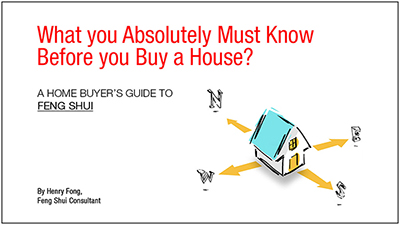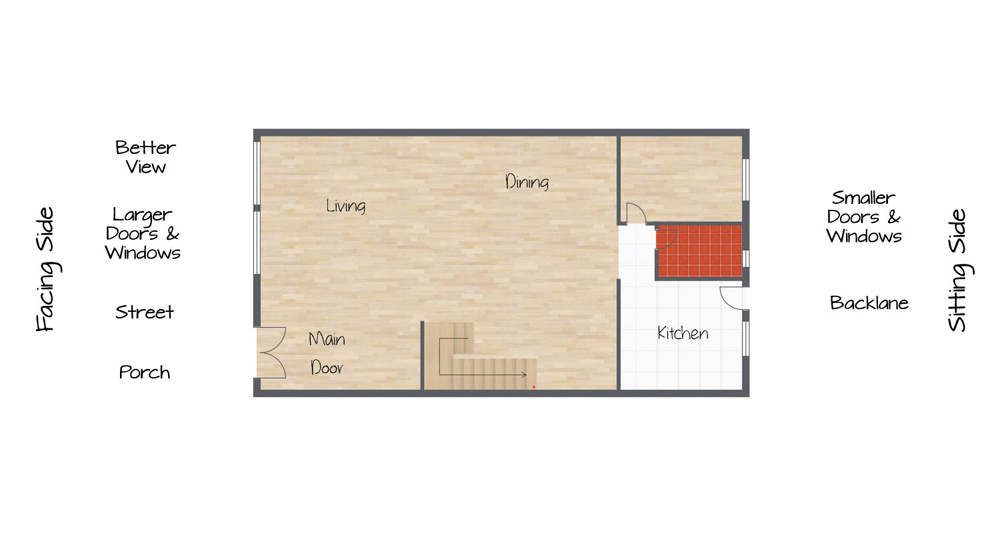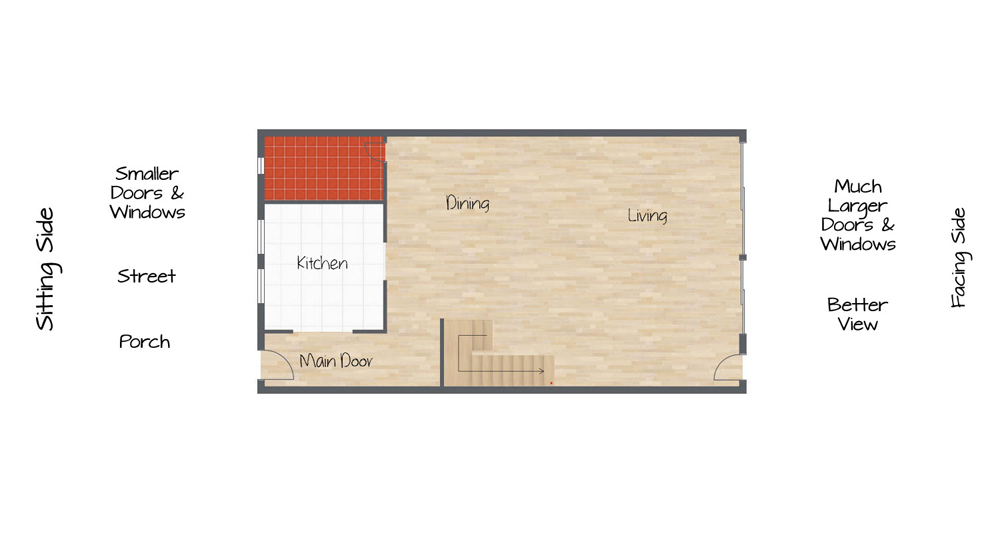A House Facing and Sitting Direction
The sitting or facing direction of a house is also often used to determine the qi distribution or in layman terms to identify the auspicious and inauspicious sectors of the house.

As a rule, practitioners will try to allocate the most auspicious sectors of the house for the main door, bedrooms, kitchen and living area. The less auspicious sectors for the less important areas (Feng Shui wise) such as the toilet/baths and stores.
Some Feng Shui systems like the Eight House or Eight Mansion systems utilizes the sitting direction while others such as the Xuan Kong Flying Star system uses the facing direction of the house. The facing or sitting direction is used by itself but often in conjunction with other factors such as the period to determine the quality of the house.
In addition, the facing direction of the house is also often used in conjunction with destiny and luck systems such as Zi Wei Dou Shu to determine the effect of the house on the occupants of the household.
The facing side of a house is usually the busier side and the side that lets in most of the environment energy into the house. The larger windows are usually at the facing side. It usually (though not necessarily) the side with street access, main door and living area. The sitting side is usually the quieter side. This is usually (though again not necessarily) the side with the kitchen, backyard or back lane. Usually (but not necessarily) there a mountains on the sitting side and flat lower land on the facing side.

In some cases there is a better view at the back of the house. For example houses on a hill slope or overseeing a a lake or the sea. For such houses, the architect would usually reverse the facing to take advantage of the great view.
The rear side of the house now has the larger windows and doors. The living is now move to the rear and more energy comes in from the rear and more activity takes place at the rear.
In doing so, he changes the facing of the house. The facing becomes the sitting and vice versa. The street side of the house now becomes the sitting even though the main entry door and the street access remain unchanged.
So much for the facing and sitting side.

So what then is the facing direction of the house? It is the direction that is perpendicular (angle of 90 degrees) to the facade of the facing side of the house. The sitting direction is the direction that it perpendicular to the facade on the sitting side of the house.
Must the facing direction be exactly the opposite of the sitting direction? It most cases it is but many modern design have a differing facing and sitting direction.
Which to consider will depend on the system that you are using. For example with the Eight Mansions, we use the sitting direction. With Xuan Kong Flying Star it is always the facing direction.
A common questions is they get different readings at different parts of the house. If so, then which is the correct facing direction. I will attempt to answer this in my next article.


